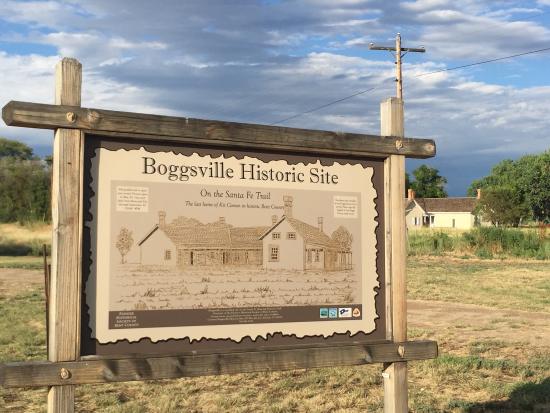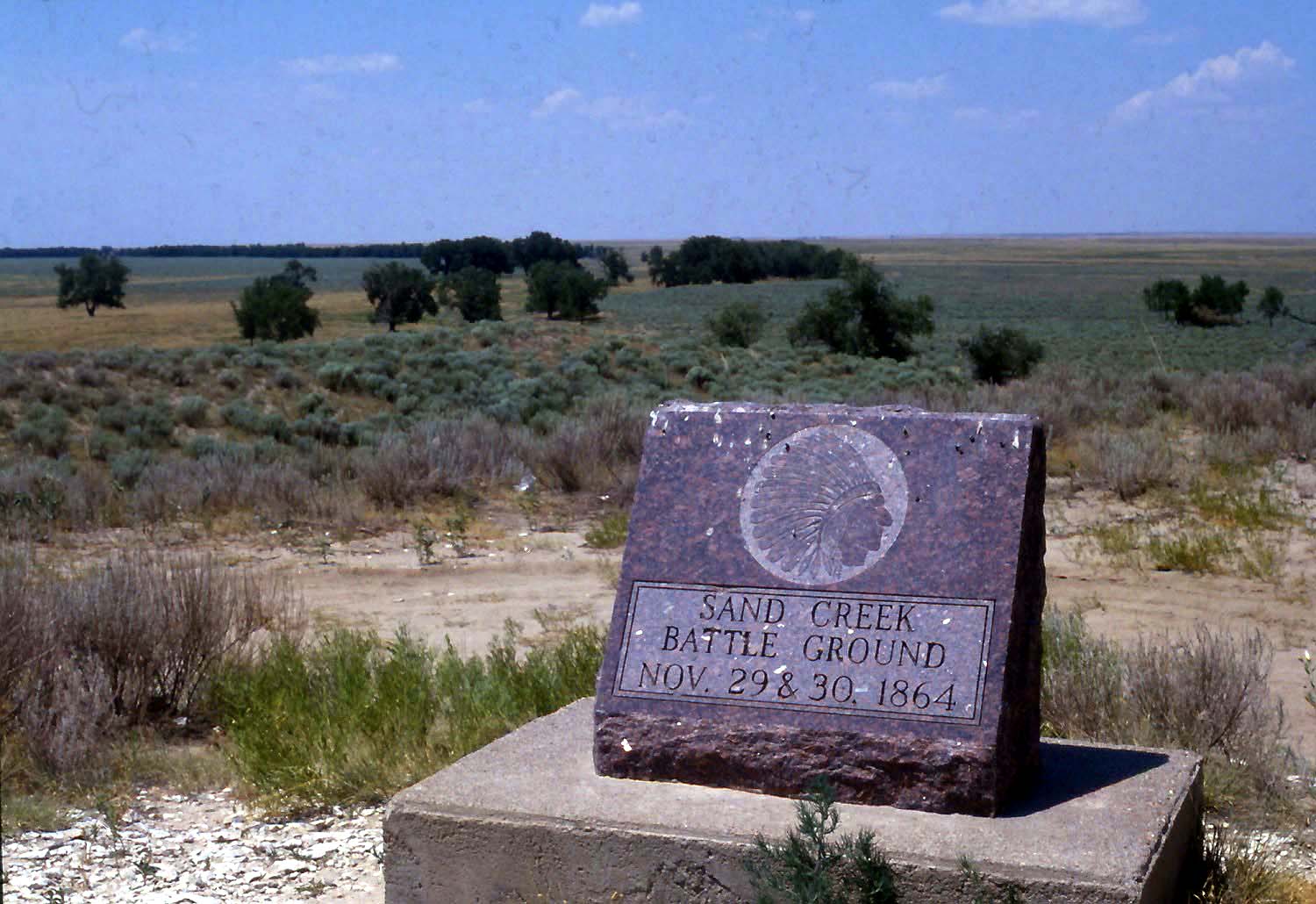The History of Agriculture on the Great High Prairie
Prowers County, the main county on the Great High Prairie, was formed in 1889 and named after John W. Prowers, an early rancher in the area.
Big Timbers Museum
Big Timbers Museum features artifacts and exhibits of the history and legacy of the High Plains of Eastern Colorado. Exhibits range from the pioneers, dust bowl, and homesteaders to an exciting display of original World War I posters.
Boggsville Historic Site
Founded in 1866 near the confluence of the Arkansas and Purgatoire Rivers, Boggsville became the first permanent settlement in southeastern Colorado. Its residents pioneered irrigation and large-scale farming and ranching in the Arkansas Valley.
Bent‘s Old Fort
Bent’s Old Fort is considered one of Colorado’s most significant historic sites where visitors can step into the past and experience a time capsule of frontier life and fort guides, outfitted in 19th-century clothing, tell the important story of this crossroads of culture.
Bent’s New Fort
Bent’s New Fort, built by William Bent from 1849 to 1853, lies 30 miles east of the original Bent’s Old Fort on a bluff overlooking the Arkansas River.
Sand Creek Massacre National Historic Site
The Sand Creek Massacre National Historic Site offers visitors the opportunity to stand on the ground of this historical travesty and learn more from interpretive signage.
Amache Museum
The Amache Museum houses many objects donated by Camp Amache survivors or recovered during archaeological research
The Historic Santa Fe Trail
For 59 years, the Santa Fe Trail was one thread in a web of international trade routes, influencing economies as far away as New York, London, and Mexico.
Camp Amache: A Japanese-American Relocation Center
Camp Amache's artifacts are being preserved, and the land on which it stood has become open to the public and filled with interpretive signage detailing life at the camp and honoring those who lived there.











